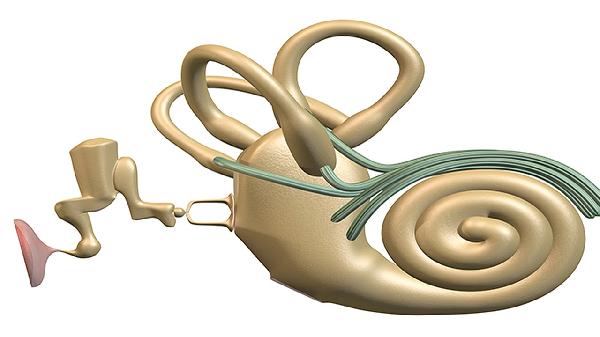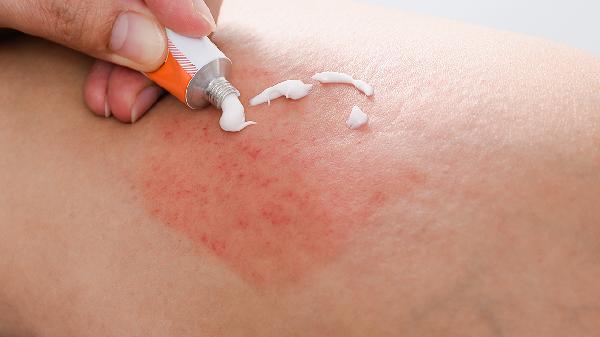Assault bile might sound like something out of a sci-fi movie, but it’s a real digestive issue that could be messing with your gut right now without you even realizing it. This sneaky condition happens when bile—the fluid your liver produces to help break down fats—starts acting like a backstabbing frenemy, causing irritation, inflammation, and a whole lot of discomfort. If you’ve ever felt a burning sensation after eating or dealt with unexplained nausea, bile might be the culprit throwing a party in your digestive tract. The good news? You don’t have to just grin and bear it. Let’s break down what assault bile really is, why it happens, and how to kick it to the curb.

Bile is supposed to be one of your digestive system’s MVPs—a greenish-yellow fluid made by your liver and stored in the gallbladder. When you eat fatty foods, your gallbladder releases bile into your small intestine to help emulsify fats so your body can absorb them properly. But sometimes, bile doesn’t play by the rules. Instead of staying where it belongs, it can backflow into your stomach or even up into your esophagus, leading to what’s often called "bile reflux." This is where the "assault" part comes in—because when bile goes rogue, it can cause serious irritation, inflammation, and even damage over time.
Your digestive system is basically a well-coordinated relay race, with each organ passing the baton smoothly to the next. But if something throws off the rhythm—like surgery, a sluggish gallbladder, or a faulty valve—bile can start flowing in the wrong direction. Common triggers include gallbladder removal (since bile no longer has a storage tank), stomach surgery, or conditions like gastroparesis (where your stomach empties too slowly). Even chronic stress and poor eating habits can contribute to bile misbehavior, turning this digestive ally into an internal saboteur.
Assault bile doesn’t always announce itself with a dramatic flare—sometimes, it’s more of a slow burn (literally). Symptoms can include a persistent burning sensation in your stomach or chest, frequent nausea (especially after meals), unexplained vomiting (sometimes with a yellowish-green tint), and a bitter taste in your mouth. Some people mistake bile reflux for acid reflux, but unlike acid, bile doesn’t respond as well to typical antacids. If you’re popping Tums like candy and still feeling awful, bile might be the real troublemaker.
The first step in dealing with assault bile is figuring out what’s causing the rebellion. If you’ve had gallbladder surgery or other abdominal procedures, your doctor might recommend bile acid sequestrants—medications that bind to bile and help escort it out of your system. Dietary changes can also make a huge difference. Cutting back on fatty, fried, or spicy foods reduces the workload on your bile production, while eating smaller, more frequent meals keeps digestion moving smoothly. Propping up your head at night can prevent bile from creeping up your esophagus while you sleep, and stress management techniques (like deep breathing or yoga) can help regulate digestion overall.
If lifestyle tweaks and over-the-counter remedies aren’t cutting it, it’s time to bring in the experts. A gastroenterologist can run tests like an endoscopy or pH monitoring to confirm bile reflux and rule out other conditions. In severe cases, surgical options (like rerouting bile flow) might be necessary—but that’s usually a last resort. The key is not to ignore persistent symptoms, because chronic bile exposure can lead to more serious issues like esophageal damage or even an increased risk of cancer in extreme cases.
Assault bile might be a stealthy health hazard, but now that you know what to look for, you’re already one step ahead. By tuning into your body’s signals and making a few strategic adjustments, you can get your digestion back on track and show that rebellious bile who’s boss. No more letting bile crash the party—kick it out and take back control of your gut.
























